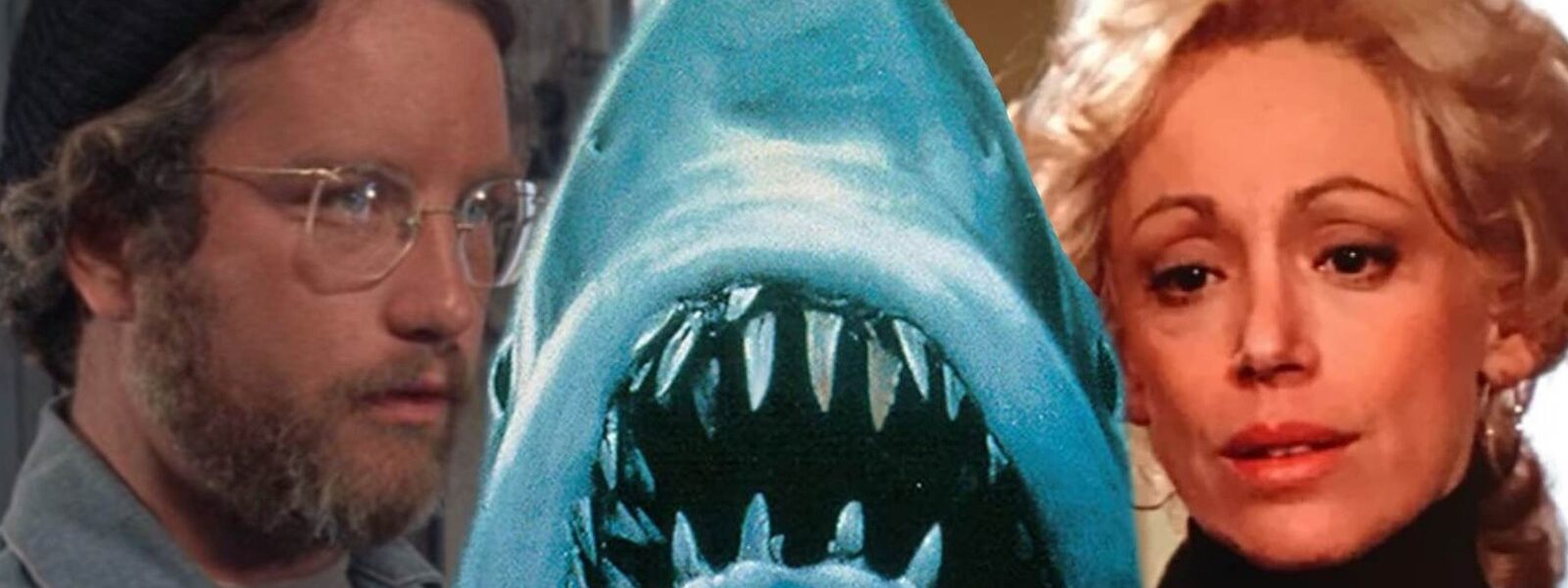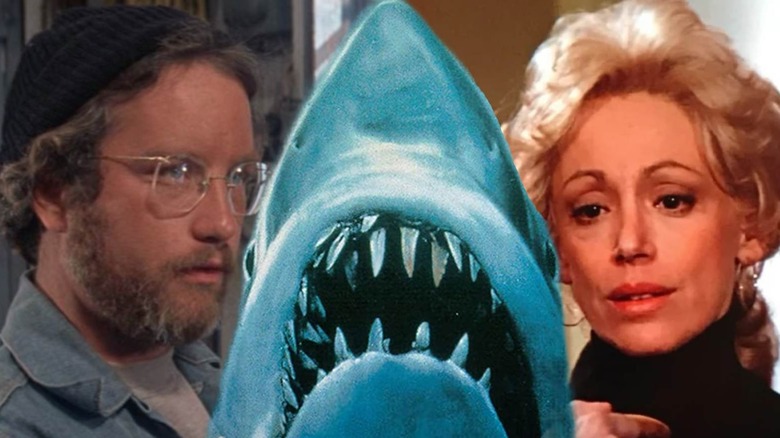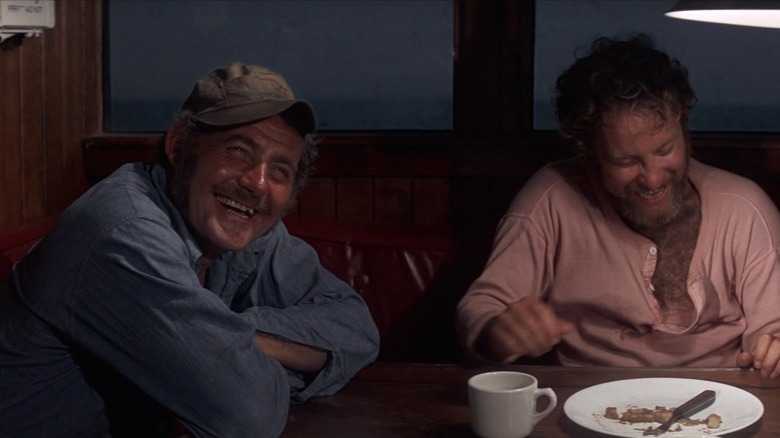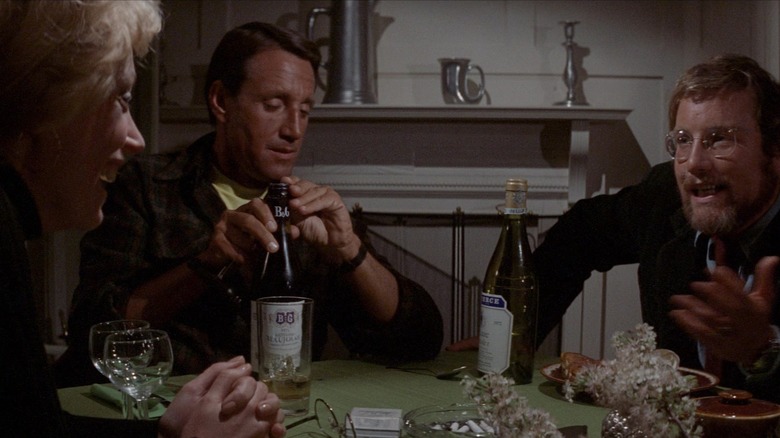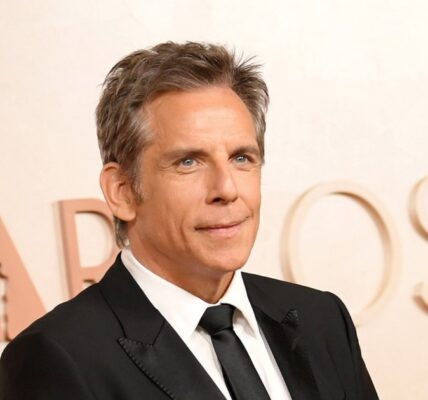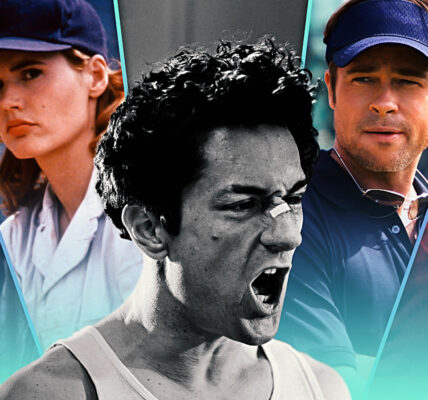Looking back on its 50th birthday, it is difficult to imagine sliding something more in “Jaws”. To even suggest add anything to Steven Spielberg’s perfect movie (not to mention, One of the best films ever made) would be like nails on a table. And yet there is an important secondary intrigue of the original book by Peter Benchley, on which the film is based, which Spielberg rightly omitted. In addition to the battle between the three tracks of the film and a machine to eat humans, Benchley’s novel contained something much more scandalous and sordid – something that has never even alluded in the cinematographic version. It is a threat that slips on the beaches of Amity Island and at the door of Chef Brody (Roy Scheider in the film of Spielberg): a romantic affair between his wife and the foreigner educated Hooper (Richard Dreyfuss).
Initially, in the Benchley version of history, the austere social fracture between Brody and the owners of companies based on Amity beach contrasts strongly with his simple interactions with his wife Ellen (Lorraine Gary). At the same time, Ellen appears as a more developed character who is struggling with her own challenges. Trapped on the island and aspiring a life beyond her banks, Ellen is instantly attracted by Hooper, a young animated ichthyologist and the brother of a man with whom she went out before meeting her husband. Finally, the pair even has a secret meeting, which plays a crucial role in the rest of the story. At the end, however, the two Brody’s problems are lost in the sea when the chief appears to be the only survivor in the final test between humanity and the kind of shark.
Hooper and Quint both die in the original novel of the jaws
In 1975, fans of the Benchley novel could already have been launched for an inflatable loop when the case which was part of the original story was nowhere in the film adaptation of Spielberg. The surprises would then have continued when The end of the book, which could not have been more different from the version of Spielbergdid not cut the cut, since Brody is not alone when he swims on the ground.
Benchley, in all his written wisdom, killed Hooper when he took his daring dive in the anti-chariot cage. Rather than with little to escape the jaws of death as he does in Spielberg’s film, he was caught in their grip and dies a bloody death similar to Quint (Robert Shaw) in the cinematographic version of “Jaws”. As for the worn fisherman, Quint makes a less grizzly exit in the Benchley’s book when, after hitting the titular fish with a harpoon, he accidentally took the foot in the rope to which he is attached and is trained to the depths by the very thing that he was obsessed with the murder.
In the end, Brody alone comes back from the sinking of the orca in the source material of benchley. It is a much simpler ending, but that would not have worked in the film that Spielberg ended up. Not only is it missing the bomb and the bloody terror that the director was clearly aimed, but Spielberg’s film is also populated by characters who are much more endearing than their counterparts on the printed page. This includes Hooper, who, thanks to the performance of Dreyfuss (combined with certain rewritings), turns out to be a considerably nicer man in “Jaws” the film.
Hooper survives in the cinematographic version of Jaws because Spielberg made him a pretty guy
While his plausible hoop would have always ended up sleeping with the fish of Spielberg’s film if he had not been for A happy accident during the shooting of the cage sceneIt also helped Hooper was a person who is differently good and well -intentioned in the film. The Benchley’s version of the character, in comparison, turns out to be a drecker who finds himself in disagreement with Brody after the latter quite easily deduces what happened behind his back. This makes Hooper’s death in the book plus a punishment and perhaps suitable for the path he has chosen to follow.
Dreyfuss’s double denim academic, on the other hand, is just as invested and sincere at the end of the large eponymous white shark as Brody. His only interaction with Ellen in Spielberg’s film (when Hooper released the Dark Dinner of the Brody family after the shark said that his second victim) is also charming and harmless. To perish it as it does in the book would have simply been unnecessarily morbid and dark.
Above all, however, Spielberg clearly wanted to give Brody something to fight, and that includes the Brody family, which is clearly a broken unit represented in Benchley’s novel. Indeed, the overviews we get from Brody by interacting with his young sons (“give us a kiss”) and his wife proves that there is a lot of affection between them. For having included the Ellen -hooper affair, would have given rise to a very different story – a story that would not have been as satisfactory as that we have in place.
